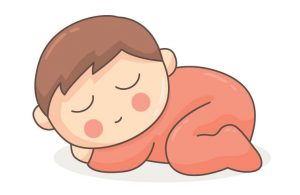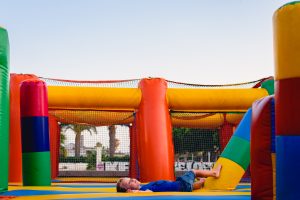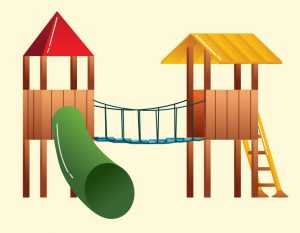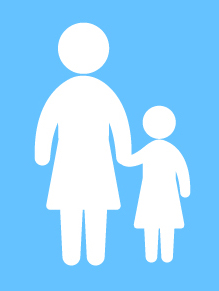In day care centers in Wisconsin and throughout the rest of the nation, there is a population of children at risk for harm when placed in a day care center – infants. Working parents rely upon day care centers to provide a safe haven for their children. These parents do not have much of a choice due to work, financial, and personal constraints of life. A dedicated and professionally trained nanny would be nice but most people cannot afford such a luxury. While most infants placed in day care centers do just fine, others suffer personal injuries and even death in the very environment where the children are supposed to be safe and well cared for.
A recent tragedy in Chippewa Falls, Wisconsin exemplifies the sad reality of these incidents. News reports indicate that a ten-year-old girl attending the same day care as a six-month-old baby boy allegedly abused a child after dropping him while holding him. It was reported that the young girl admitted to stomping on the baby’s head because the baby began to cry after she accidentally dropped the baby. Consequently, the infant sustained serious head trauma and died in the hospital two days later.
At the time of the infant’s tragic death, one adult and two other children were present at the daycare. This raises questions about supervision requirements in childcare facilities and the other safety requirements necessary in such places. The Early Childhood Knowledge and Learning Center recommends active supervision of all children in childcare locations, especially infants. It asserts that an adult should be accessible and supervising all children at all times. In order to achieve this, the Early Childhood Knowledge and Learning Center suggests that childcare facilities plan out staff positioning in rooms, continually scan and count the children in the room, listen for signs of danger, anticipate children’s behavior, and set up an environment conducive to all children remaining in the constant sight of an adult. Childcare centers should also separate children of differing age groups. See Day Center Supervision Recommendations.
 Child Injury Lawyer Blog
Child Injury Lawyer Blog










